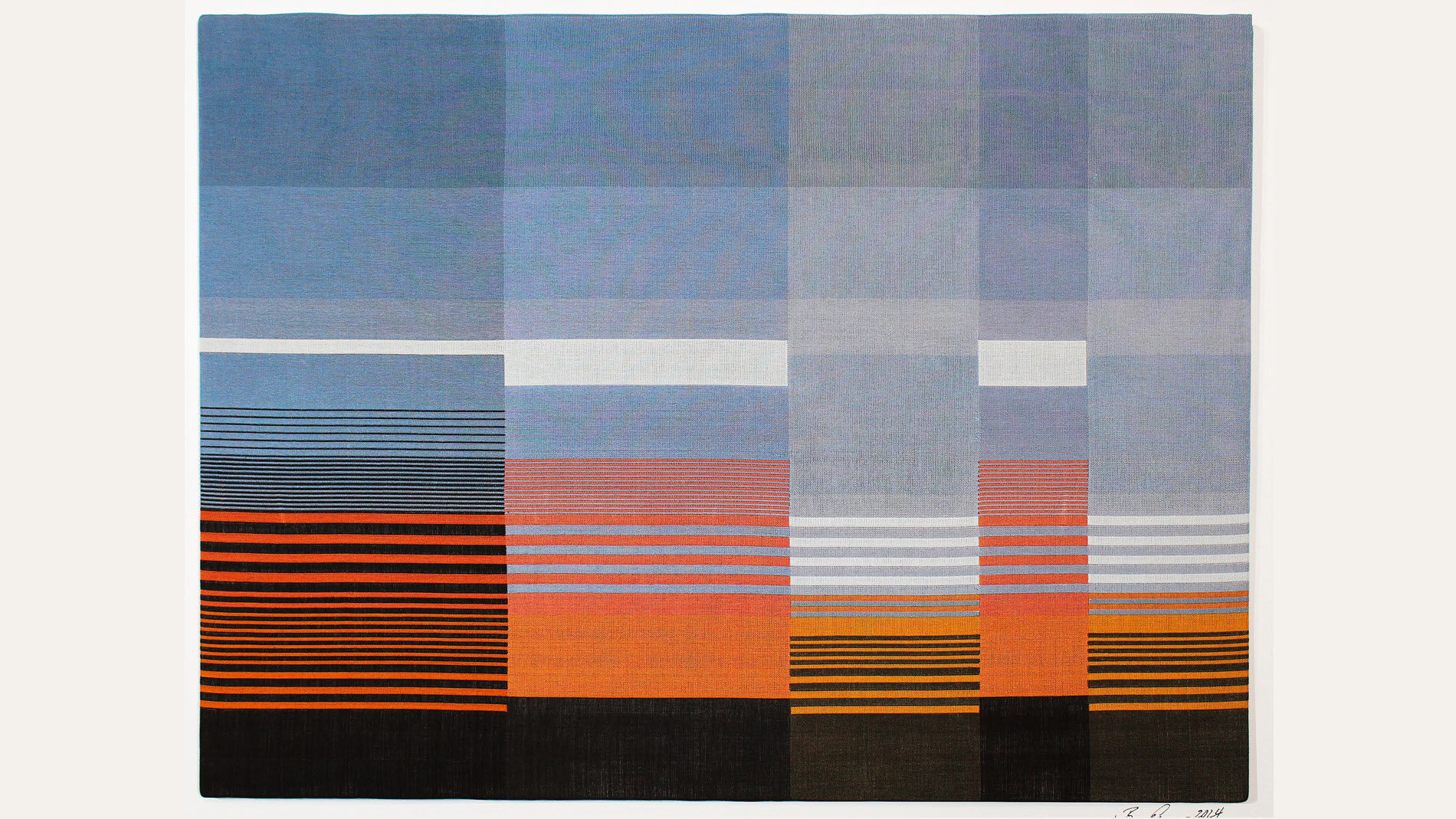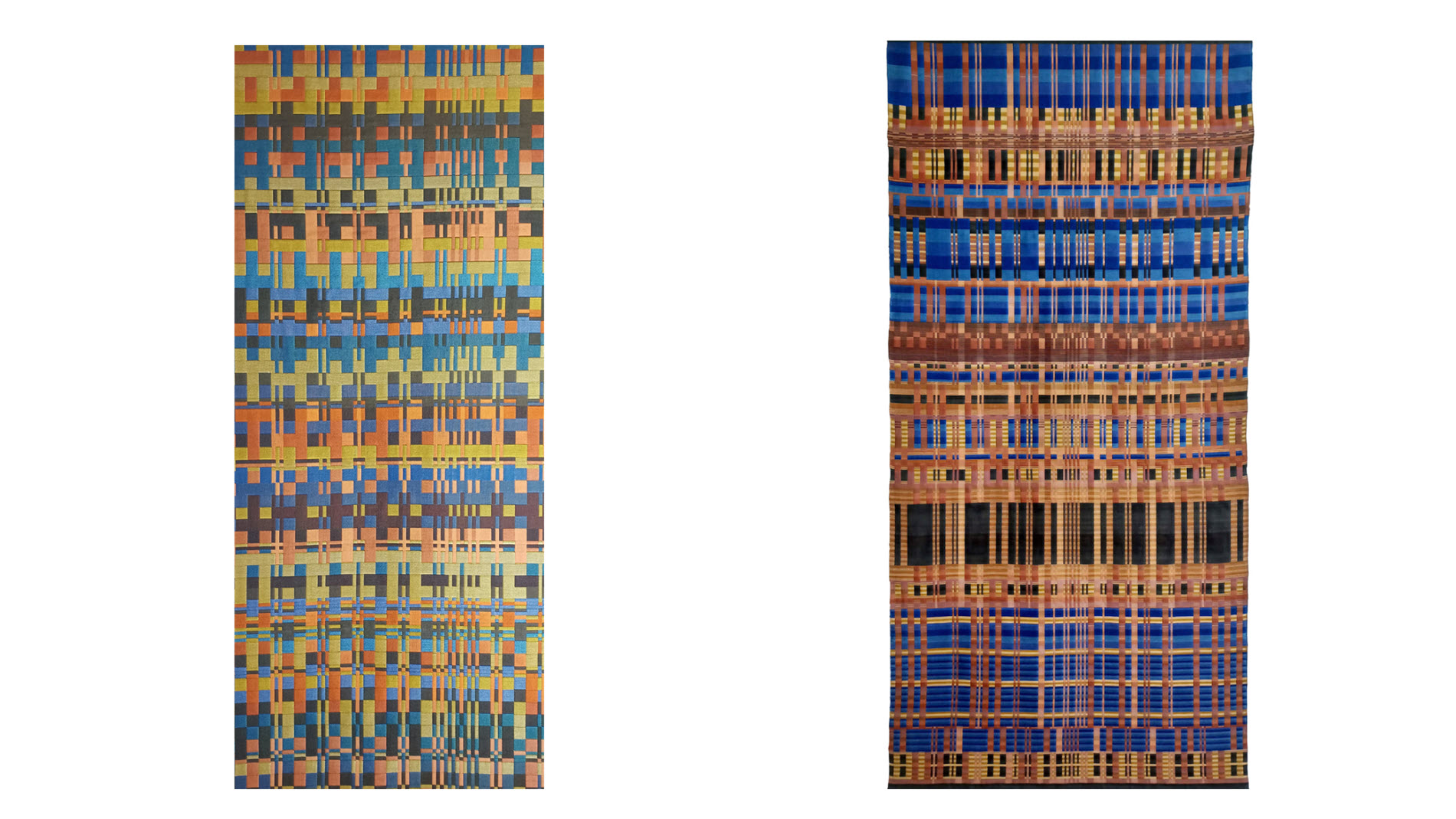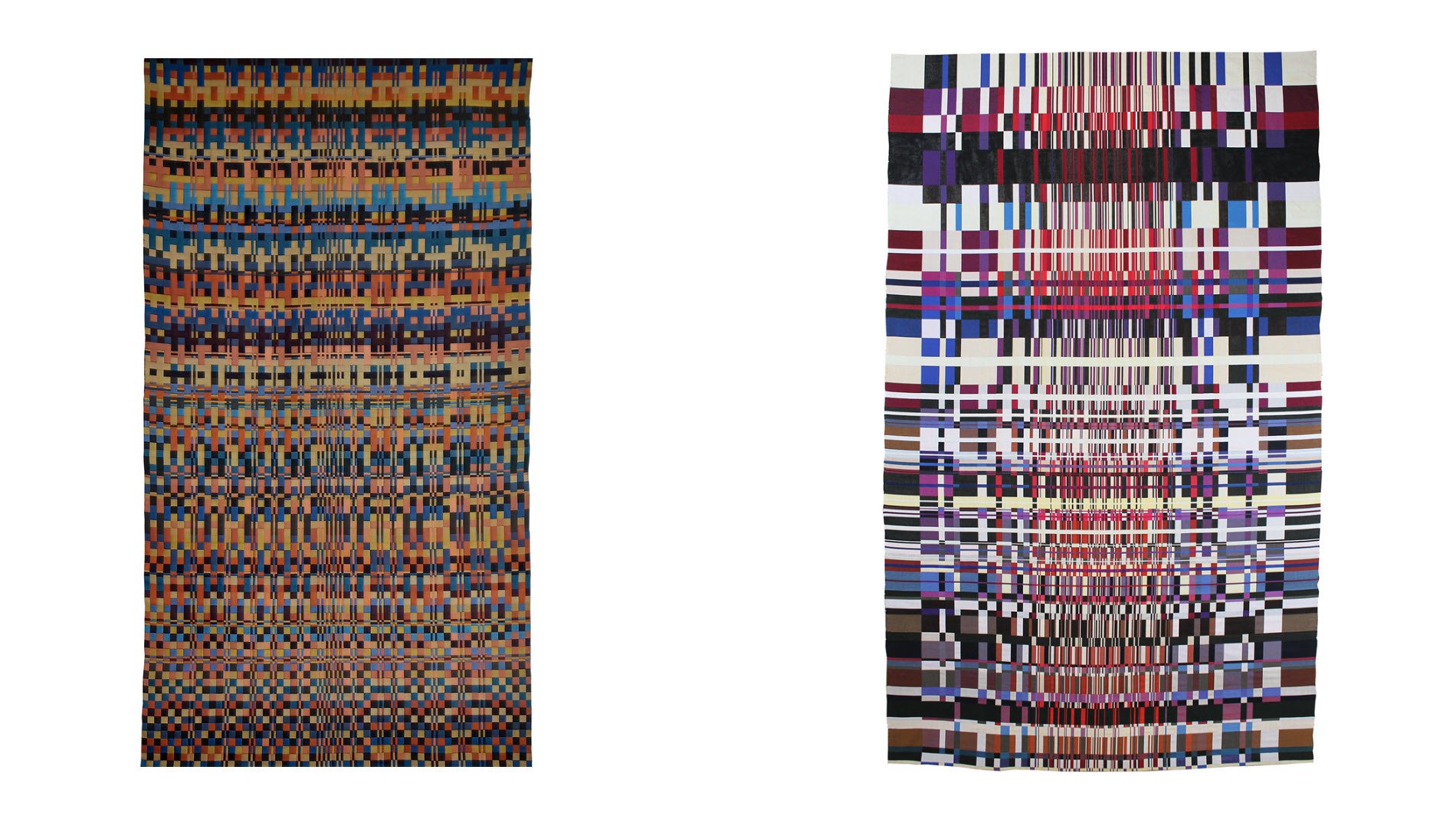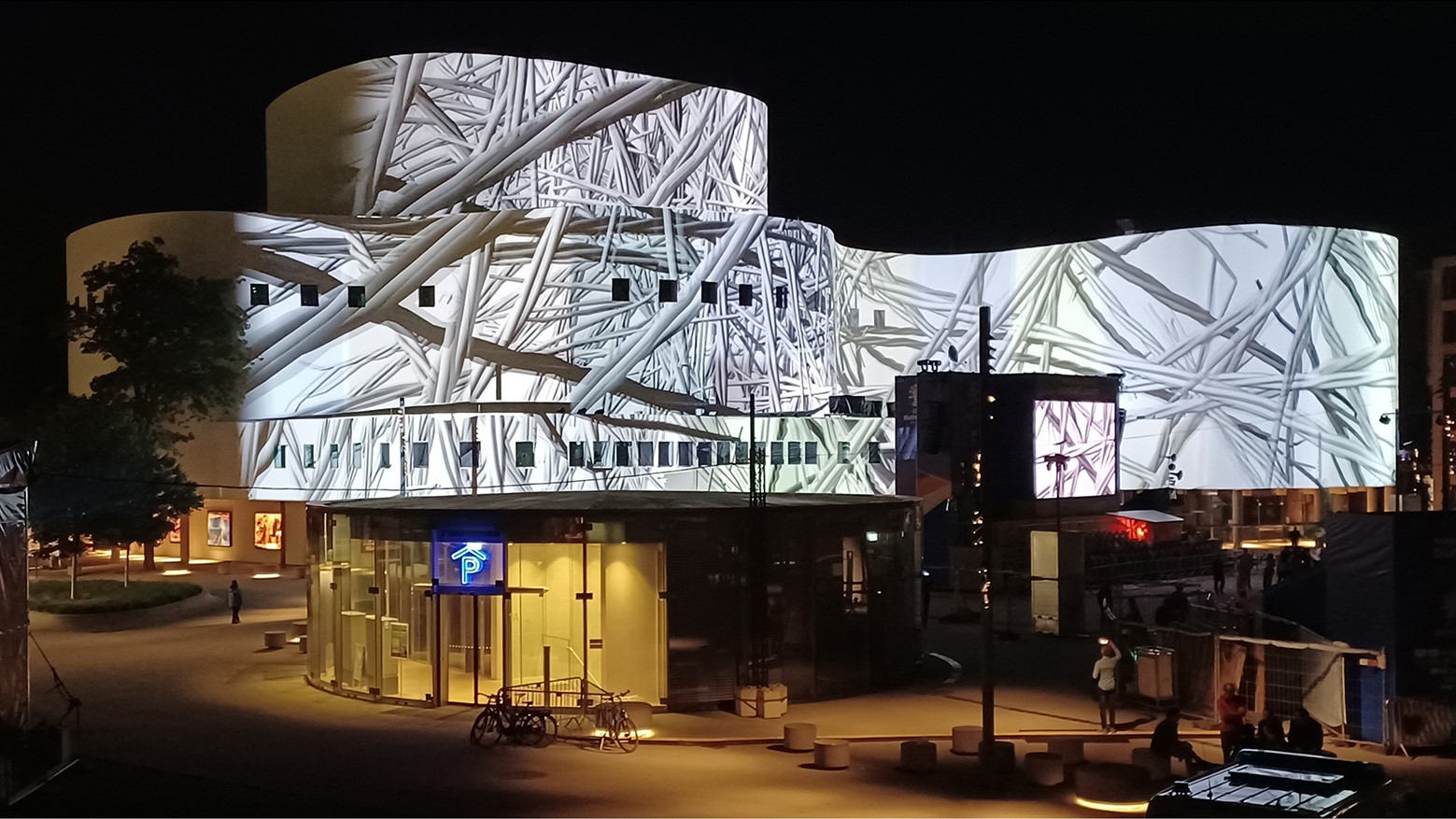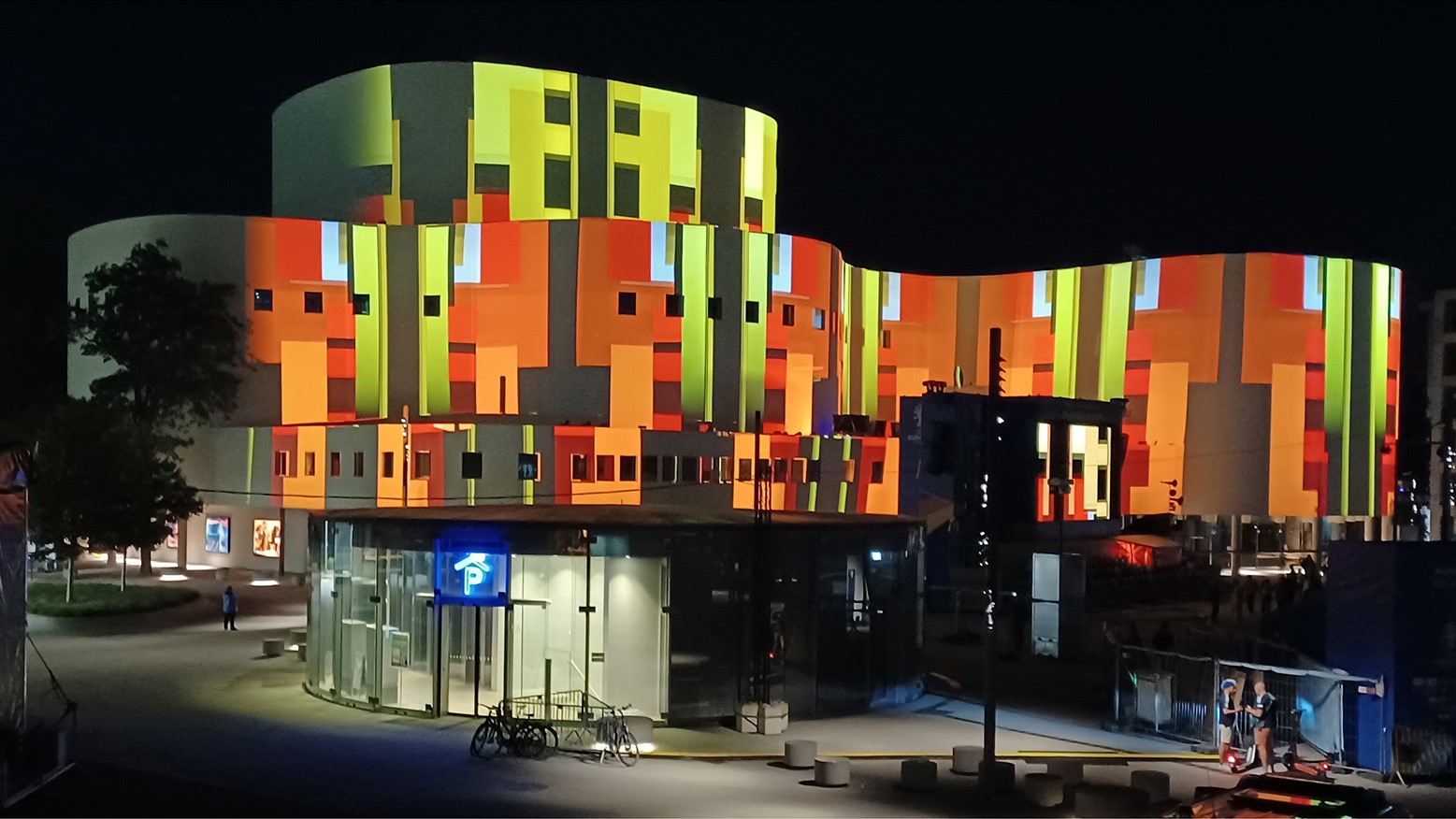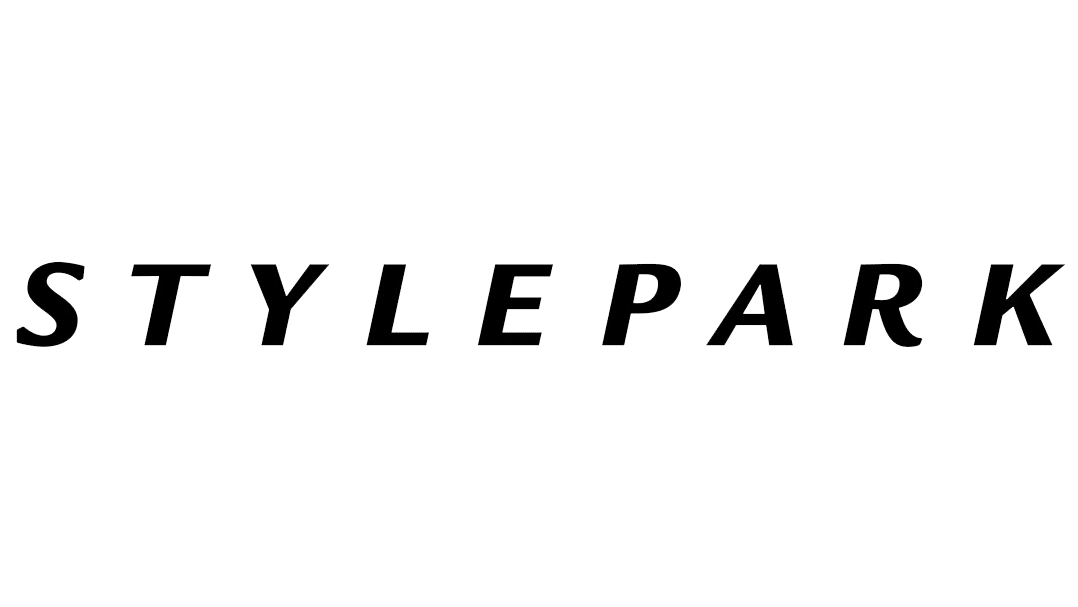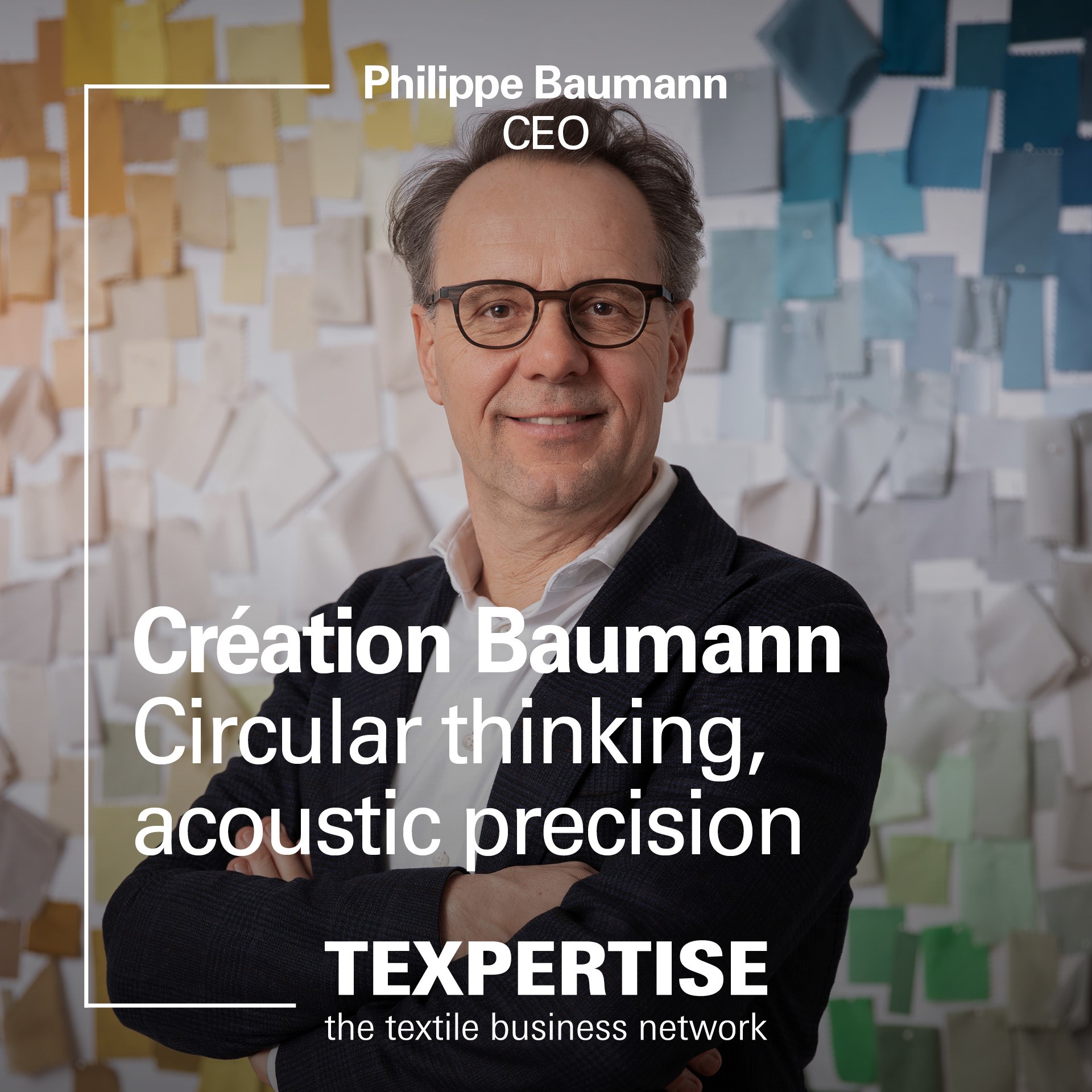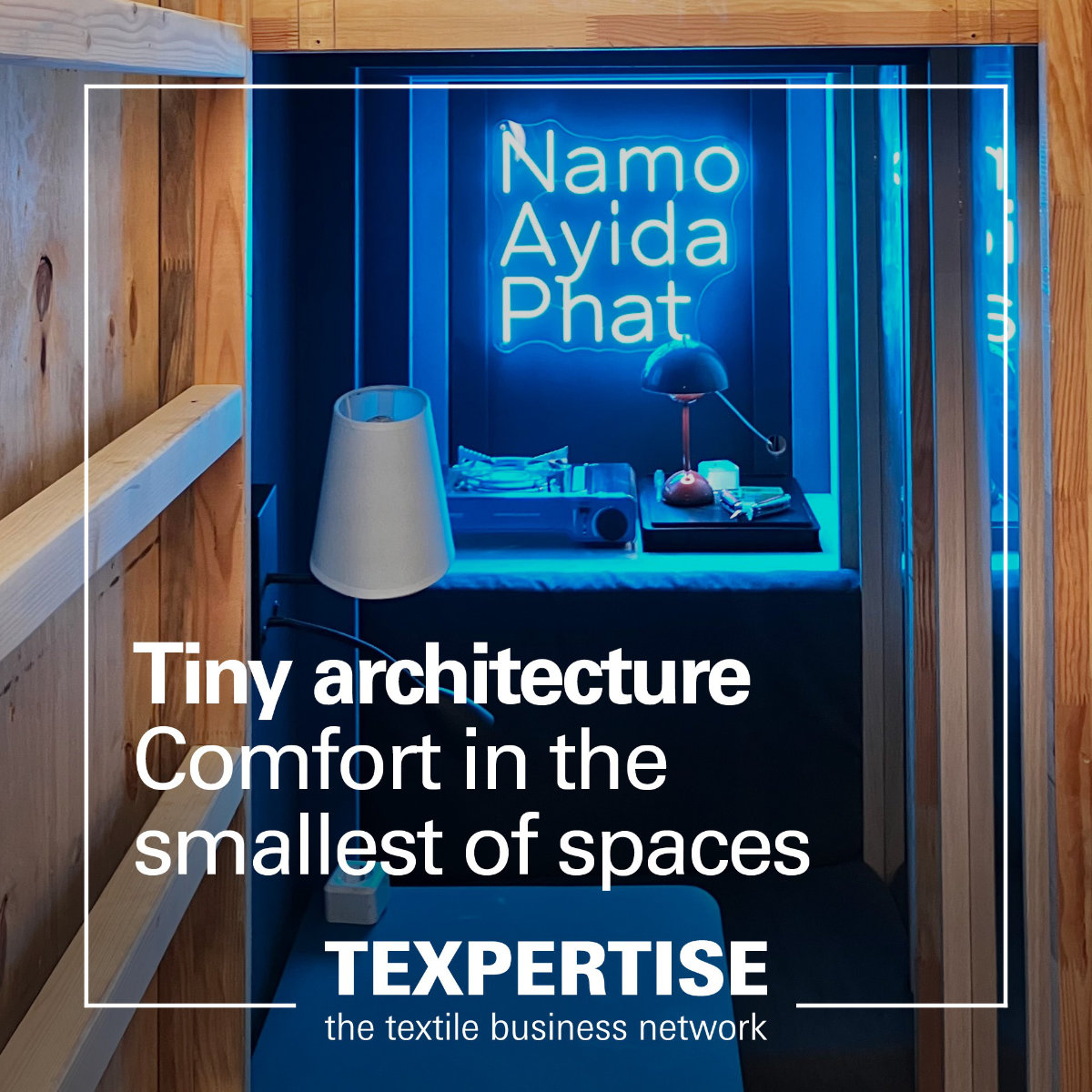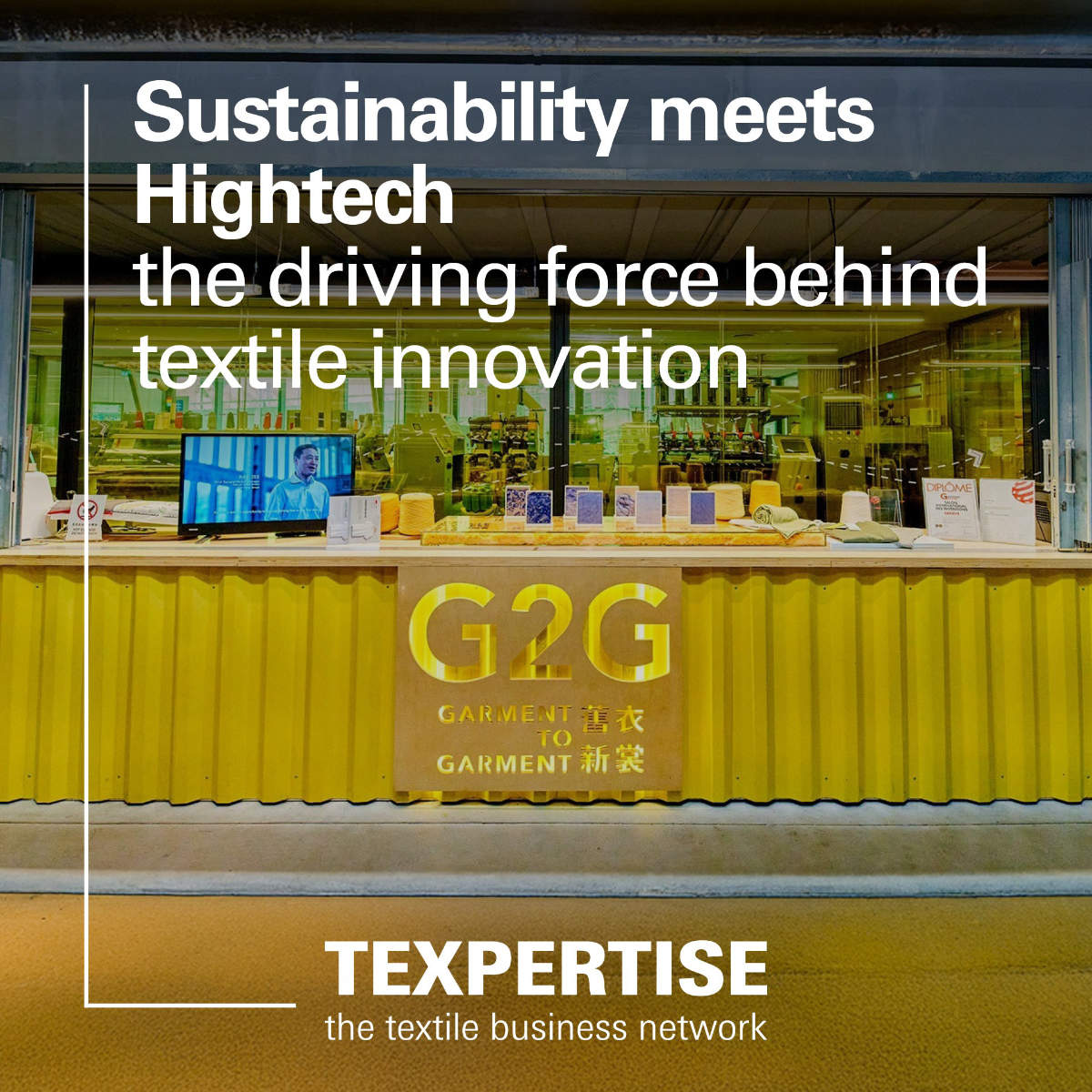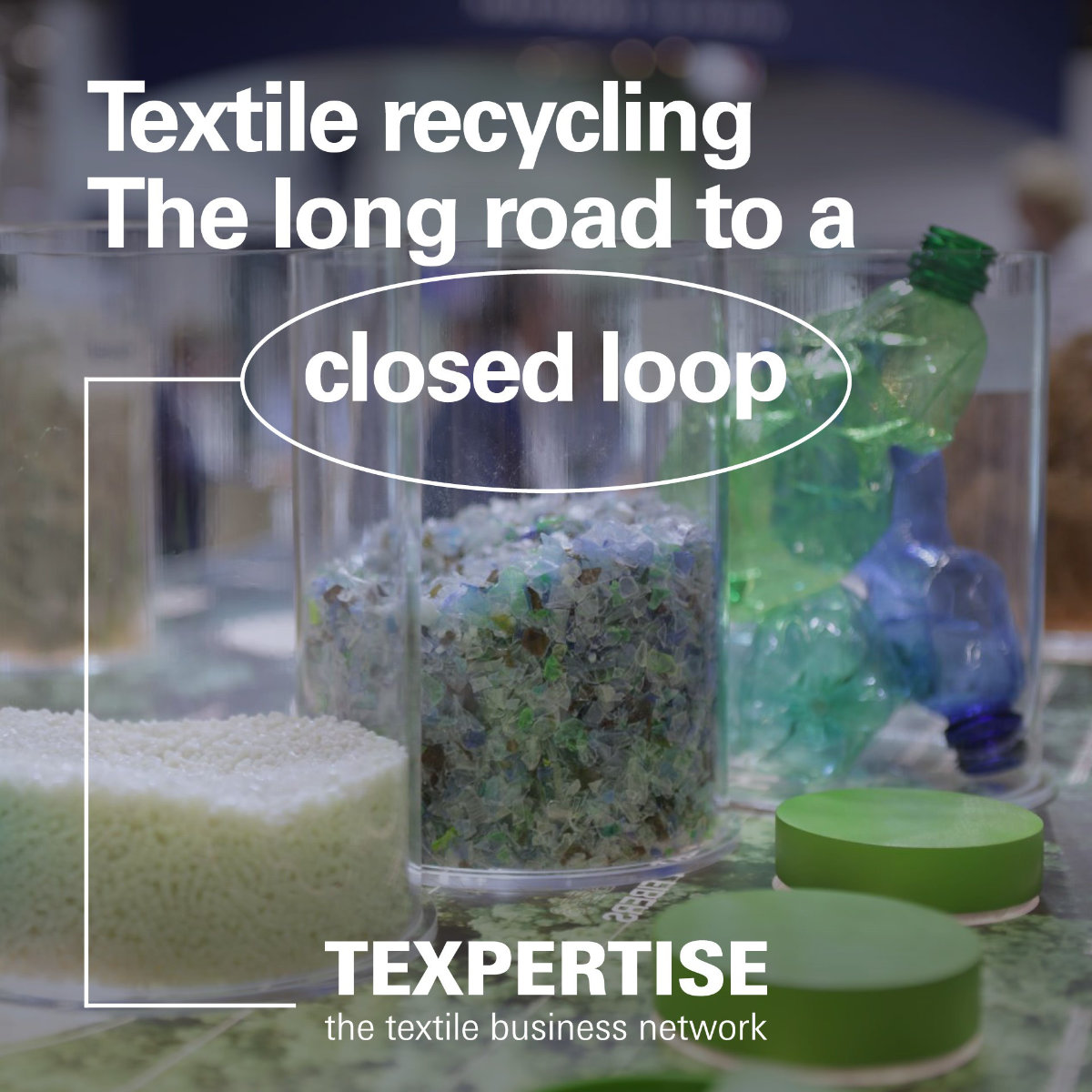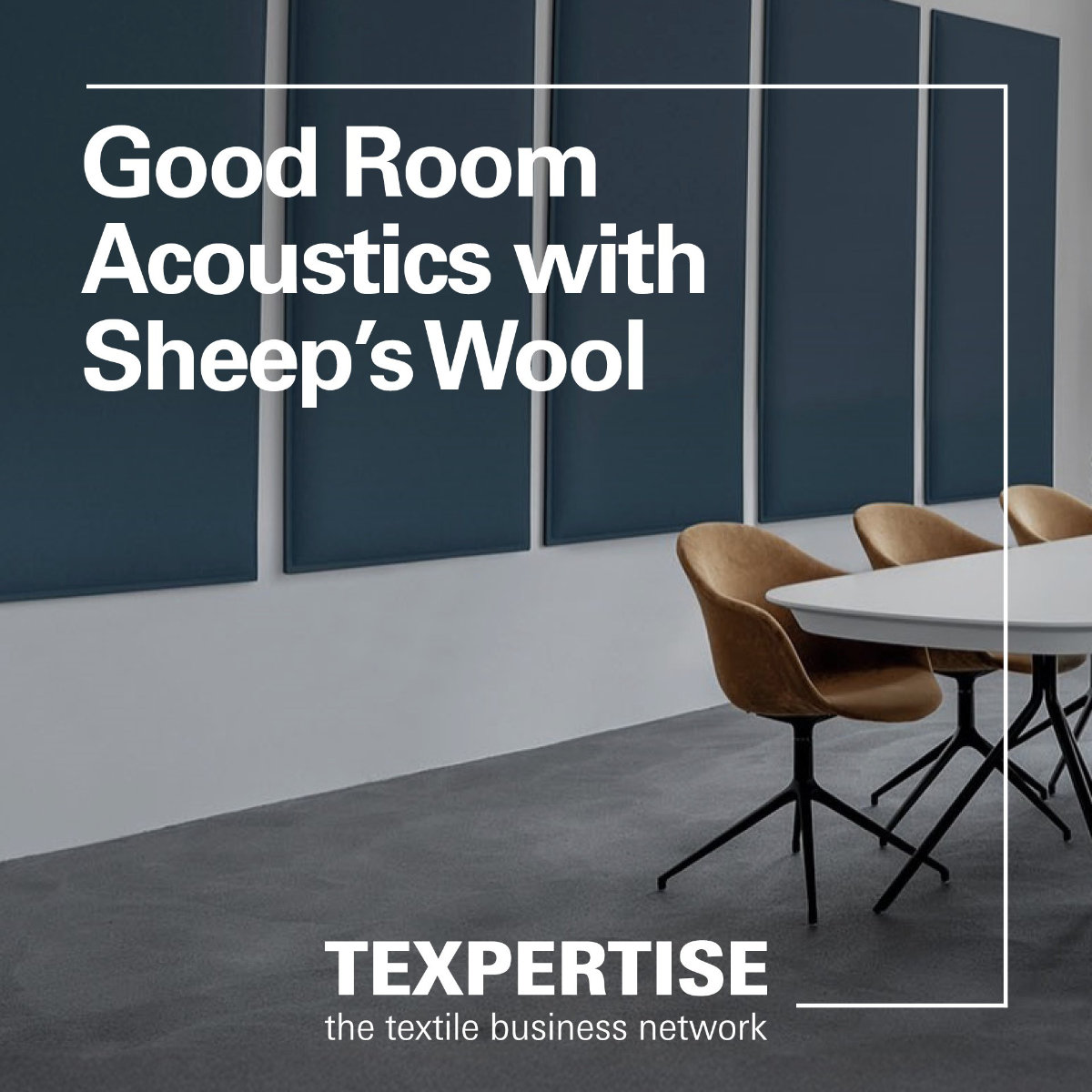Reading time: 10 minutes
During your studies, why did you realise that you wanted to pursue a career as a freelance artist?
Wolfgang Horn: Barbara studied textile design in Krefeld and enjoyed experimenting with works that could not be produced industrially. She had a customised loom made in Switzerland and got started. I studied architecture in Düsseldorf and organised exhibitions of my drawings and paintings while I was still a student. We then set off together and that's how it stayed. We wanted the freedom to make our own design decisions. Basically, we have never worked for the industry, we are artists with our valuable roots in architecture, design and weaving.
“Our exhibitions show how different themes can be combined with each other, from fabric to architectural models and digital graphics to light art.”
You just mentioned that while Barbara Esser was studying textile design, you devoted yourself to architecture. What is the interface?
Wolfgang Horn: The geometric patterns of Barbara's fabrics are already very well suited to architecture because of their aesthetics alone, as she deals a lot with the division and construction of surfaces and colour combinations. After a while, I also started to explore textiles in my work, even in the light installations. Since we work together, we can complement and inspire each other well. For example, she translates a computer animation of mine into an image on the loom, while I transfer the colours of her fabrics into my animation. For the ‘Tag-Pins’ suit from 2008, we used label holders from the textile industry and shot them thousands of times in the suit fabric and also translated them into a digital graphic. After 30 years, we naturally also have our own stock. We can use this repertoire in parallel to transfer ideas to another medium.
With your work, you build bridges between art, design and craftsmanship and serve a more precise spatial experience. Why is this diversity important to you both?
Wolfgang Horn: On the one hand, the diversity comes from experimentation, and on the other hand, as artists we are naturally also interested in different media. Some themes become more important over the years, such as the light installations and textile spaces in the object area. This diversity in our work means that our exhibitions are always quite extensive and show how different themes can be combined with each other, from fabric to architectural models and digital graphics to light art. In this way, it is always possible to discover details that appear in several works, but each time in a different way.

A great deal of patience and advance planning is required for ‘fibre art’; a tapestry or a thread painting can take months of work, especially with the quadruple weave technique. However, our reality has become increasingly fast-moving and complex. Why did you choose this contrast?
Wolfgang Horn: That really is the case, we have always designed our work to be very complex and elaborate. Setting up the loom alone takes two months. Over 10,000 threads have to be wound before the first fabric can be created. You can't speed up this work process. After all these years, we also take the pressure off ourselves. Planning and execution take time, especially when you have to repeat a work step thousands of times to achieve a result. Even the animations in the light art projects are not created by artificial intelligence, but each individual element of the movement is animated by me using a computer, so that I can sometimes spend up to three weeks on a two-minute sequence.
Your works include textile picture formats, tapestries, room dividers, mixed-media objects, light installations and art projects in public spaces. How do you start, does the material come first or the idea that you want to realise?
Wolfgang Horn: The shapes of my objects usually result from the material. For example, I am building large, structured surfaces for an exhibition using small solar panels from model making. Barbara, on the other hand, puts together the yarn colours in advance from a palette of 172 options. She creates small cards for the first colour samples and checks whether they harmonise. Step by step, she determines how the warp should look on the loom and ultimately how the fabric should look.
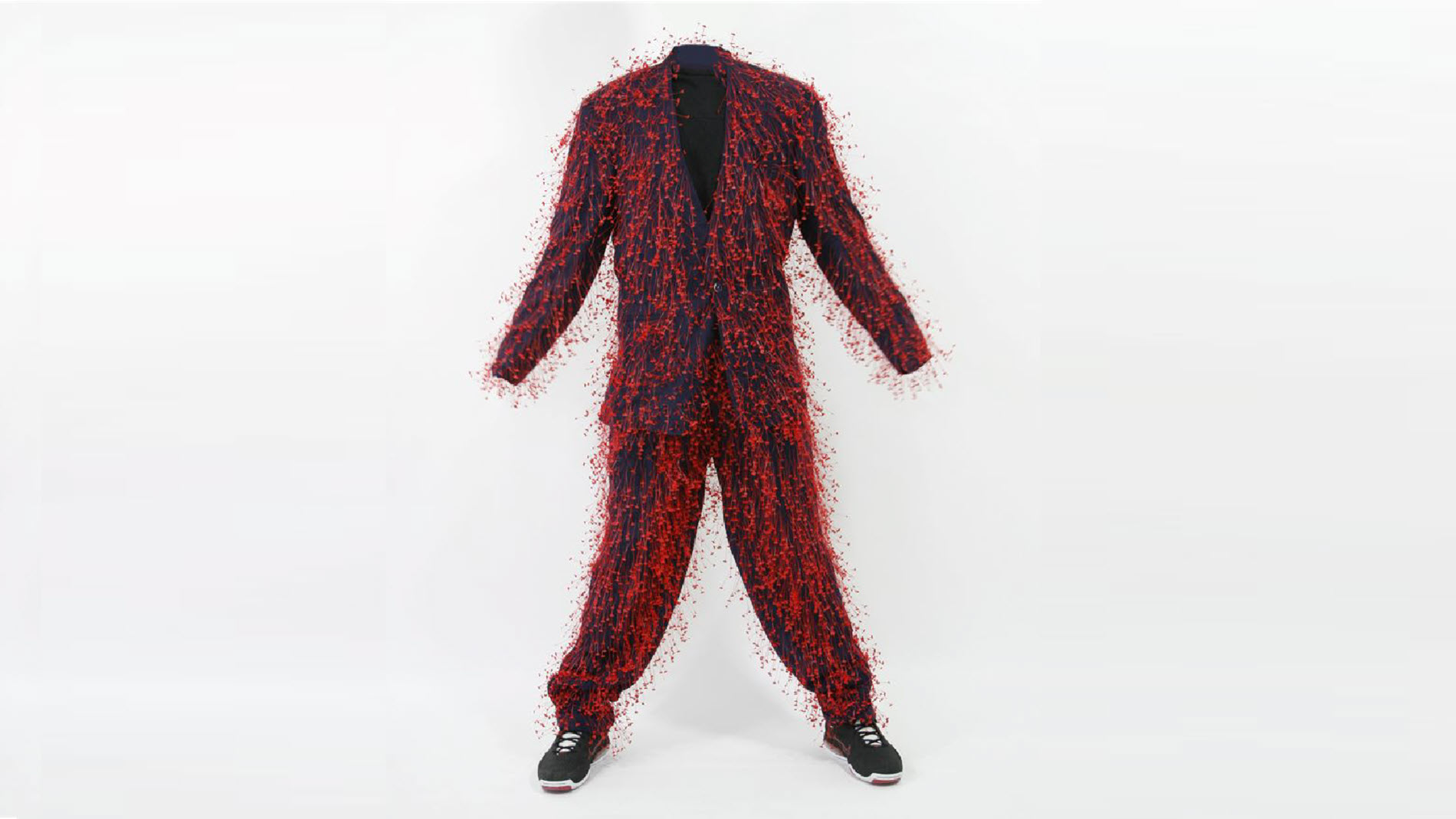
Many of your works are made of refined cotton, as well as linen, selvedges and non-textile materials. How do you decide which material to favour and where do the materials come from?
Wolfgang Horn: Barbara mainly works with mercerised cotton, which is available in different strengths and which she buys in. This cotton has a certain lustre in the yarn and good stability. For me, on the other hand, I experiment a lot with materials and create small models, including with the 3D printer. The prototypes are then about 15 x 15 centimetres in size before I realise them on a large scale.
The patterns that you create on the computerised dobby loom and in your other works are mostly geometric and abstract. Despite versatile and experimental combinations, also in colour, you achieve a perfection that is aesthetically pleasing and radiates calm. Why is it important to you that the result is accurate and has a visual order?
Wolfgang Horn: That's right, we are really very accurate in our work and attach great importance to it. This extends to the framing, which must always be of a high quality. The fabrics don't have a free fall, we frame them. The hanging also matches the exhibits exactly, all works are hung on a 1.6 metre axis. The walls are designed to match the textile works. There is a certain rigour and strength to the whole, which is balanced with the lightness of the colours and the playfulness of the different media and materials. We both have a geometric way of thinking, which in my case is certainly also rooted in my architectural training. It is part of our visual language. In fact, our works are often purchased by people who have a structured way of thinking themselves and appreciate order in their lives.
“The effect only becomes apparent when you get closer. Barbara stretches threads on top of each other on a support, which from a distance look like a brushstroke on a canvas.”
You challenge our perception by placing the textile character in unusual contexts, as in ‘6 Carpets’, or by creating patterns with an ironic wink, whose complexity/depth can only be grasped at second glance, as in a pattern made up of many small skulls. What emotion do you want to evoke in the viewers of your works?
Wolfgang Horn: The surprise effect is already present in some of the works. From a distance, the skull suit looks like a pepita pattern, a houndstooth shape. The effect only becomes apparent when you get closer. We often have that in our work. Barbara stretches threads on top of each other on a support, which from a distance look like a brushstroke on a canvas. I have just put together a picture from thousands of coloured pencil shavings which, seen from a distance, form a large circle.
You occasionally realise commissioned work. What needs to be in place for you to agree to this?
Wolfgang Horn: The commissioned works usually relate to a specific location for which we develop the ideas. This is hardly possible with the other textile works. After weaving, the fabrics are not further processed for use as upholstery or carpets. They are unique pieces and are presented in the exhibitions as pictorial objects or room-dividing elements.
“Textiles are our main basis. The attraction is that we expand this programme a little with each work, but always come back to the origin.”
The attraction of textile structures and surface systems is not only the subject of your purely textile works, but also those that are not made of textile materials. What fascinates you about them?
Wolfgang Horn: Textiles are our main basis. The attraction is that we expand this programme a little with each work, but always come back to the origin. We have over 500 works in our magazine that fit this theme, but some have been realised with other materials.
How would you like to see textile art communicated at trade fairs?
Wolfgang Horn: We have already been able to show our work at trade fairs for architecture. At each of these events, there was an overarching theme, such as textile façades, spans and roof constructions. We were invited to interpret the theme artistically and had open spaces in five German cities for the presentation. The art area was positioned in the centre of the trade fair, surrounded by the stands of the exhibiting companies. This loosened up the programme for the visitors. I could well imagine the principle of giving artists an exhibition space in the centre of the hall at a textile fair. In my opinion, an art area is very enriching for a trade fair because it offers new perspectives and inspires.
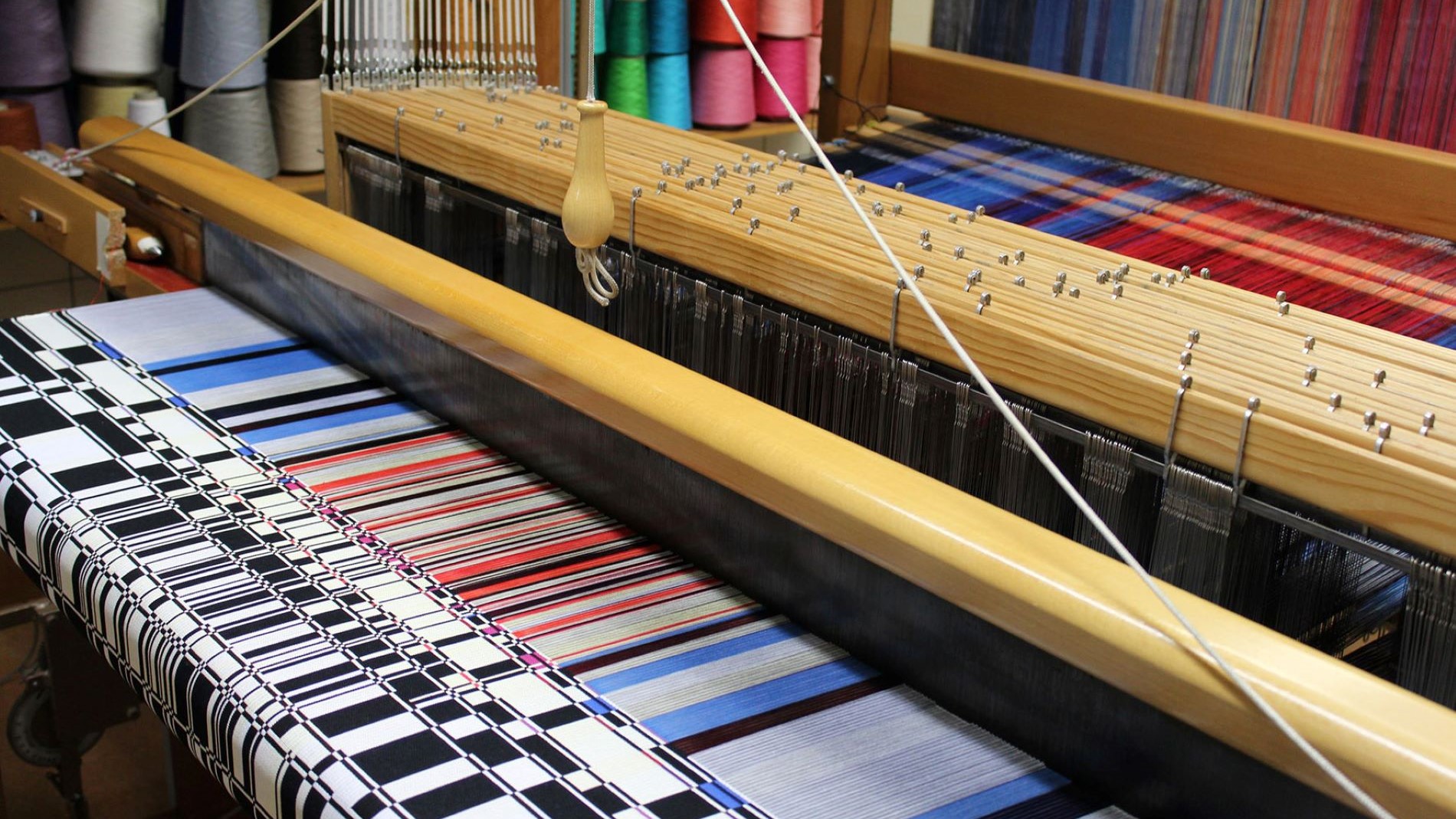
I have the impression that the reception of textile art has changed positively in recent years. What is your opinion on this?
Wolfgang Horn: I feel the same way, because the big art fairs now show a lot of textile art, as artists who were not previously active in the field have also started to work with the subject. I was recently able to see works printed on textiles in a photo exhibition. Thirty years ago, our work generated a lot of misunderstanding or was pigeonholed into the wrong categories. We had to do a lot to counteract this. Textile art shows a unique independence and, fortunately, the quality has finally prevailed in the reception.
You were both born in Düsseldorf and have been working there in a shared studio for a good 30 years - why does that work?
Wolfgang Horn: You have to have good nerves. (laughs) We pull together in our work, which helps. Not everything is always perfect, but you shouldn't question the big picture. Because we've been working together for so long, our coordination is relatively short. That's definitely one of the advantages. Düsseldorf is also our home city, so we are very familiar with the structures here.
What are you currently working on?
Wolfgang Horn: Including our presentation for participation in the Manufactum State Prize for Applied Arts and Design in Crafts. We are also planning light installations in various cities in 2025.
Cover picture: The morning | 2024, Barbara Esser, merc. Cotton, quadruple weave, framed, 82.5 cm x 62.5 cm, photo: Wolfgang Horn
